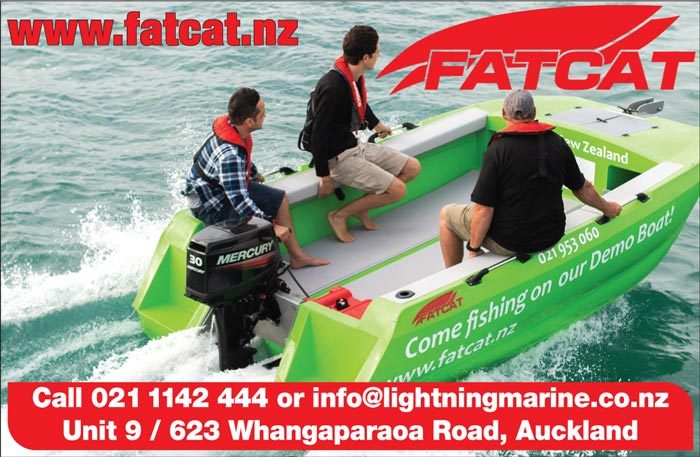We began because we were concerned with the types of small boats people were going to sea in. We kept hearing in the news of boats swamping, capsizing, being abandoned and ultimately the tragic loss of lives. Not everyone can afford a large, top of the line vessel so we set about solving the problem of creating a safe, stable boat that was spacious enough to carry everything yet still remain affordable.
A large part of the solution was to move from a monohull to a catamaran platform as the supporting buoyancy moves to the extremities rather than the middle. This solves some objectives but creates other challenges that must be solved and the answers aren’t always obvious.
We set about creating a series of prototypes to test our ideas, solve any challenges and prove our product. Once a prototype was launched, we tested and evaluated, made a change and then tested again. The first prototype was built by Blair in his garage in 2015, Roger joined Blair in 2018, co founded Lightning Marine (which we later rebranded to FatCat), and a second prototype was built. We took this second prototype along to the Auckland on Water Boatshow to gauge response, test the market and get some feedback. People were very generous in their comments and praise so we set about the task of further developing until we were completely happy with the prototype in all conditions. With that chapter now completed, we have set up to mass produce the boats so they are available to everyone an affordable price.
We’re beginning with the FatCat 4000 and will have the 3000 and 5000 series joining our product range soon. Those ranges will follow a similar method of building a prototype, testing it, then putting the investment in to create the tools to produce boats that work really well, achieve all the design objectives yet still remain affordable. Our Fat Mouse is a little bit different from our other designs in that it is a niche product for the yacht tender market and we build it a different way.


